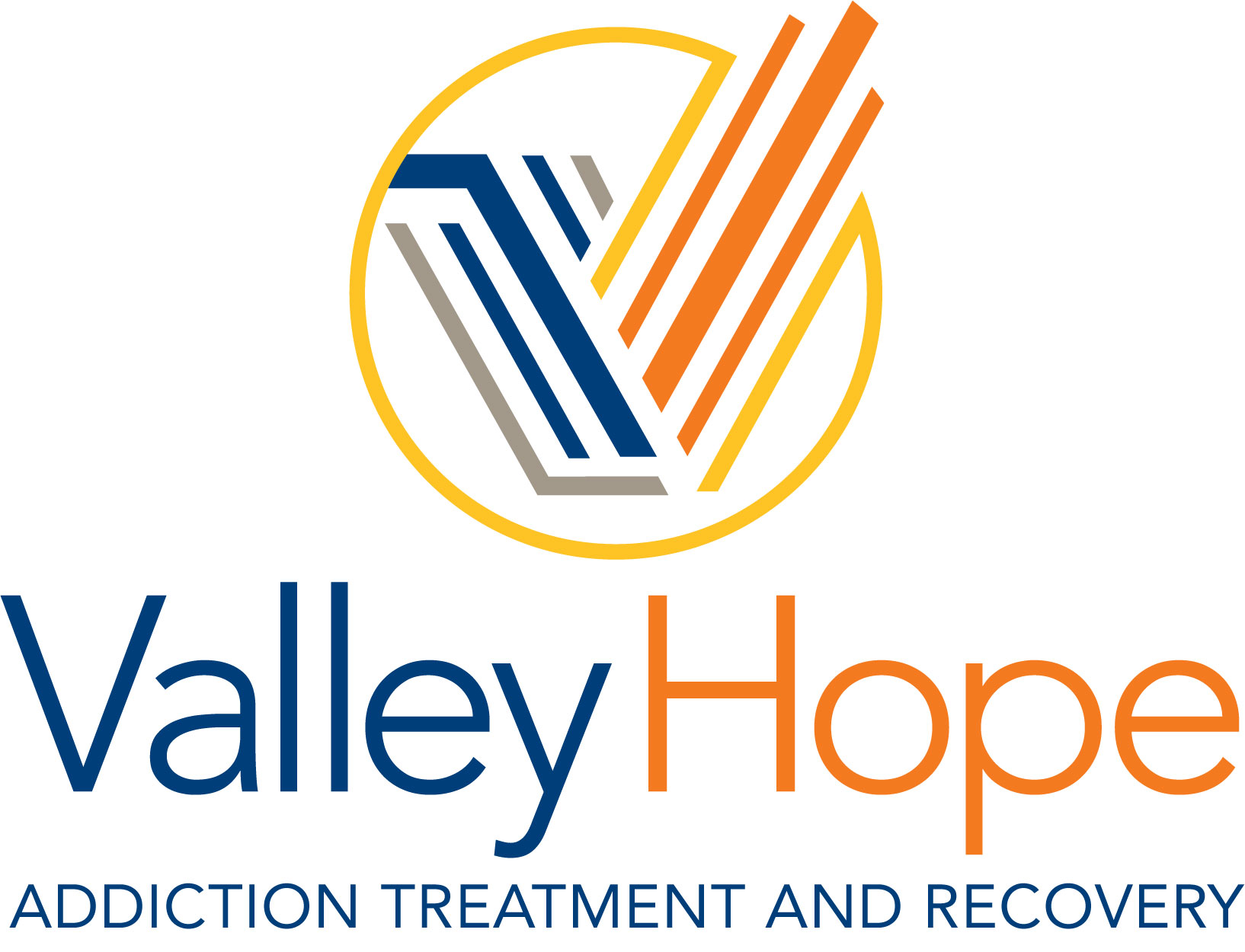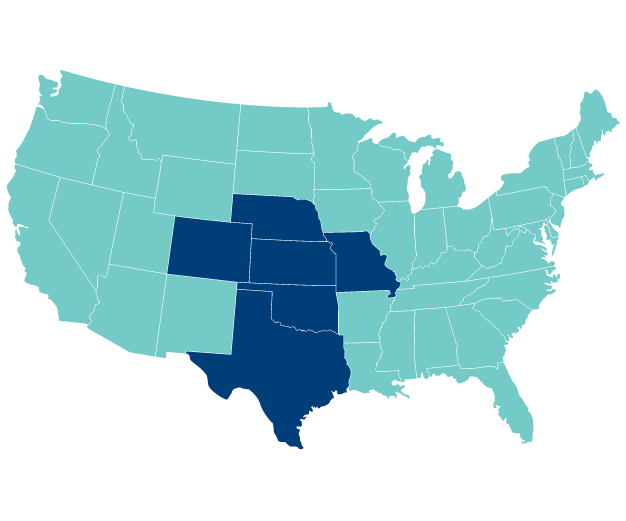The stigma of addiction is a deadly perception that prevents millions of people from seeking treatment for their substance use disorder (SUD). Although addiction is a brain disease that requires treatment, the stigma fosters fear of reaching out for help, ultimately costing lives. For those in recovery, for those with a loved one with SUD, for anyone with a passion for supporting successful treatment and recovery, it is essential that we all work together to combat and erase the stigma.
Recovery is a reality for more than 20 million Americans. By erasing the stigma of addiction, millions more will find the courage and support needed to find hope in recovery by seeking out treatment for their disease. Here is how you can help break the stigma and save lives:
- Become an Expert.
Seek out expert information and construct a list of reliable resources on addiction, treatment and recovery. Dive into public health studies, community awareness coalitions, policy, news coverage, medical research and personal testimonies. Recommended sources include Faces and Voices of Recovery, American Society of Addiction Medicine, National Behavioral Health Council, Substance Abuse and Mental Health Services Administration, Alcoholism and Drug Abuse Weekly, Office of National Drug Control Policy and others. - Spread the Message.
Social media is a simple, powerful tool for spreading awareness. Use your library of expert resources to develop social media messaging, utilize recovery hashtags like #valleyhope or #recoveryworks, share media stories and other content that combats the stigma. You can also use platforms like Facebook and Twitter to connect and engage with treatment and recovery services and advocacy groups in your community. If you have a personal story of recovery, share with your networks if you are comfortable. - Be an Advocate.
Share your expertise and experience directly with a person and/or family suffering from SUD. Sustain your involvement by personally engaging and supporting people during and after treatment. You can empower the patient and their families to wash away the stigma of shame that forces many to remain in the darkness rather than seek treatment and remain in recovery. - Share Your Story.
If you have a personal story of recovery, share it on your comfort level. Today, 23 million Americans are in recovery. But no one achieves and thrives in recovery alone. Your voice, your story of recovery can reach and impact those in need of treatment in a powerful way. Personal journeys of resilience in recovery offer hope in a way nothing else can. - Get Engaged.
Every community has public events tied to breaking the stigma of addiction by celebrating recovery. Recovery organizations hold community marches/walks/5Ks, picnics, concerts, film screenings, panel discussions, golf tournaments and other public events to break the stigma. Valley Hope facilities across the country are deeply engaged in supporting and hosting events that shine a light on the hope in recovery, including annual Recovery Month (September) celebrations inspired by Faces and Voices of Recovery. Checkout the VH calendar for upcoming events in your area. - Banish Your Bias.
If you or a loved one have been through treatment and found recovery, you may have unintended biases and inaccurate assumptions that contribute to the stigma. These include judging those still in treatment or those who relapse, ranking addictions based on the drug of choice, and measuring recovery journeys against on your own path. Remove these thoughts and judgements from your mind and instead focus on empowering those seeking and living in recovery. - Welcome Recovery to the Neighborhood.
Some who advocate for recovery also enforce the stigma by refusing neighborhood support for the physical location of SUD treatment and recovery services (such as sober living homes) near their property. But that support is critical to successfully breaking the stigma. If you or someone you know lives near a treatment center or other recovery support service provider, show your endorsement by making yourself and your neighbors comfortable, supportive and accepting of the proximity. - Support Parity.
Because of the Affordable Care Act, mental health and substance abuse coverage is mandatory for all insurance carriers. ACA is still relatively recent and insurers need education on why adequate, long-term benefits for alcohol and drug treatment are needed – equal to other medical illnesses. Addiction is a brain disease. Mental illness is equal to medical illness. The ultimate goal is to ensure all private or public health insurance and managed care policies provide equal coverage for SUD – on par with other medical treatments. - Promote Policy.
According to the Office of National Drug Control Policy, “Treatment and prevention can be half the cost of incarceration. You can’t arrest your way out of the problem.” SUD is a public health crisis that costs Americans more than $450 billion a year, and much of that goes toward the current legal consequences. There are increasing calls for legislation and reforms on the local, state and national levels designed to pivot from incarceration for SUD-related crimes to treatment services and prevention programs. Explore state questions, ballot initiatives and candidate platforms during this election season to find out where your community and policymakers stand on breaking the stigma. - Speak Up.
When it comes to the public health crisis of addiction, many of our family members, friends, colleagues and social networks still have misinformed perceptions and fears about people suffering with SUD. By speaking up whenever you hear or witness words and actions that promote the stigma, share your expertise. Inspire a thoughtful conversation that addresses any misconceptions or fears sharing that addiction is a treatable brain disease – and that recovery is possible and sustainable.











